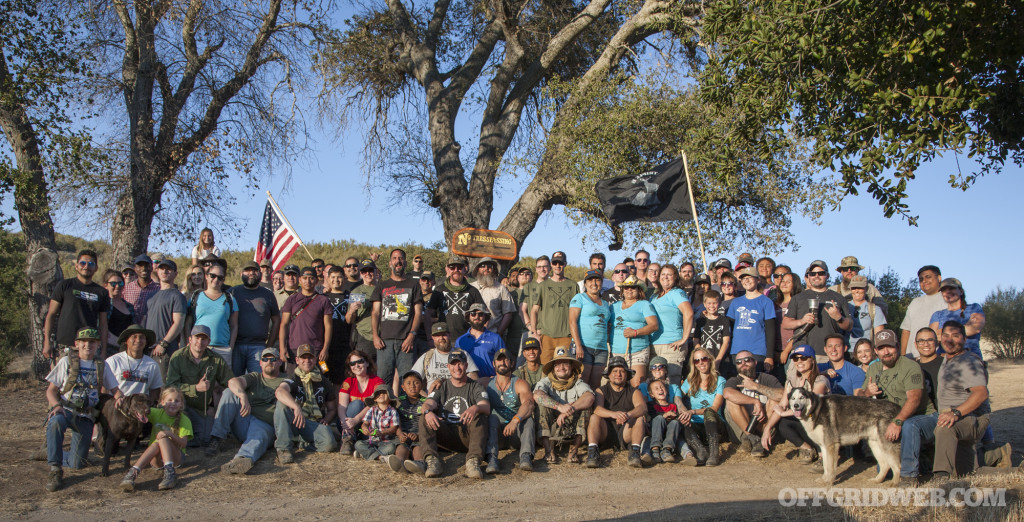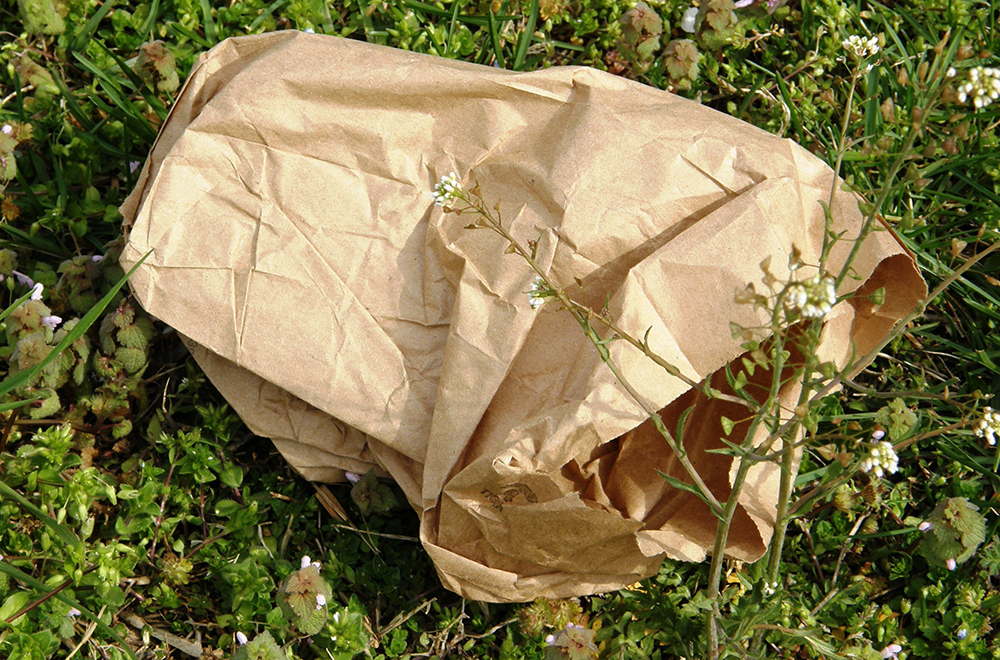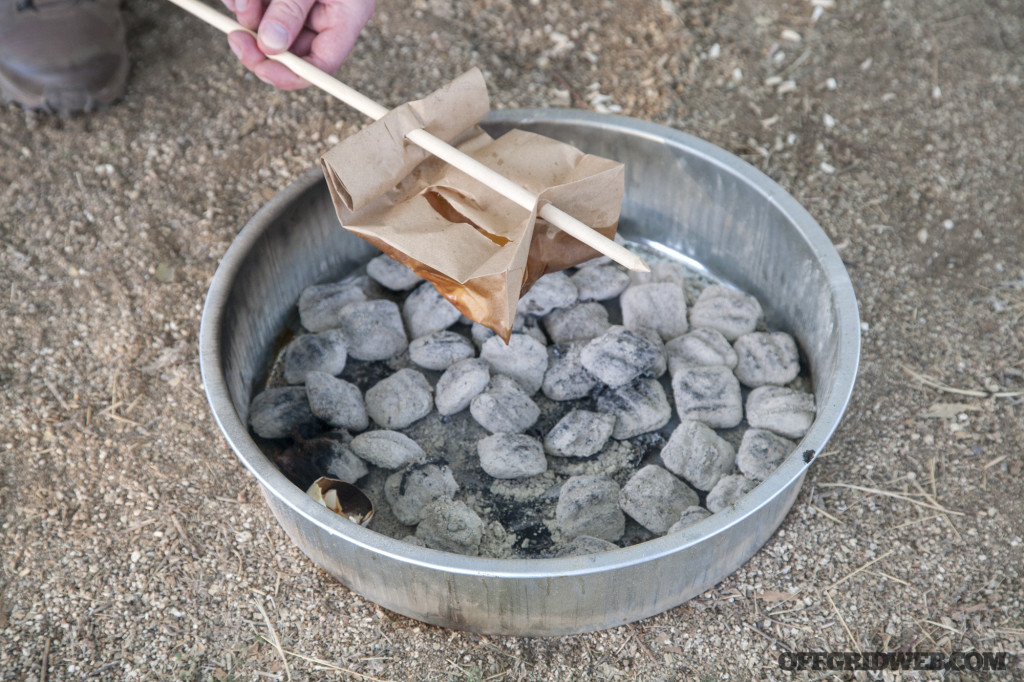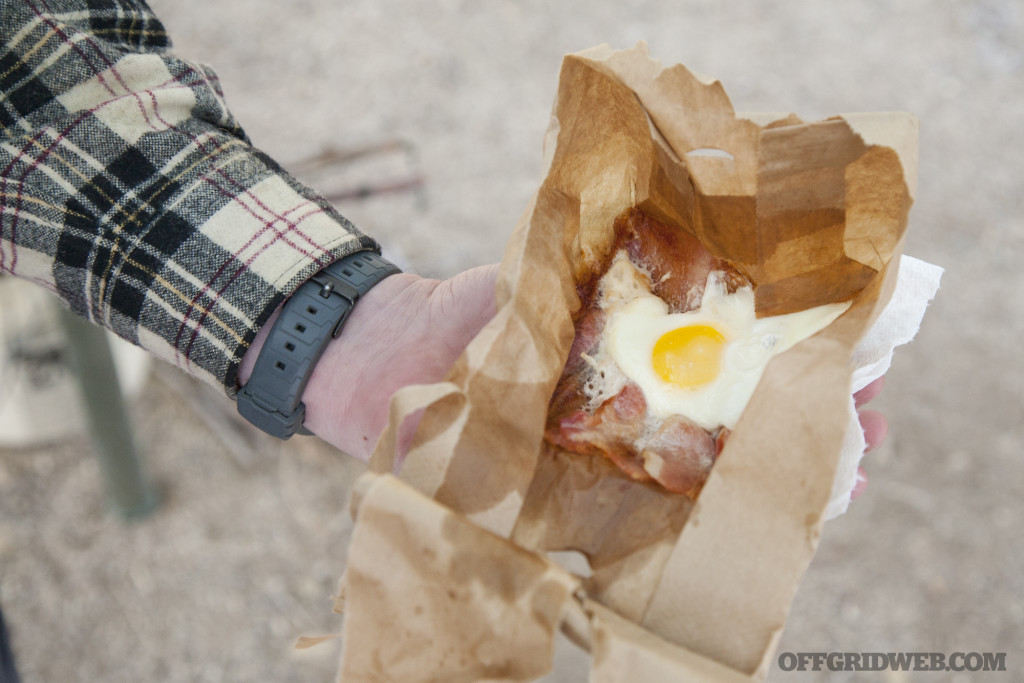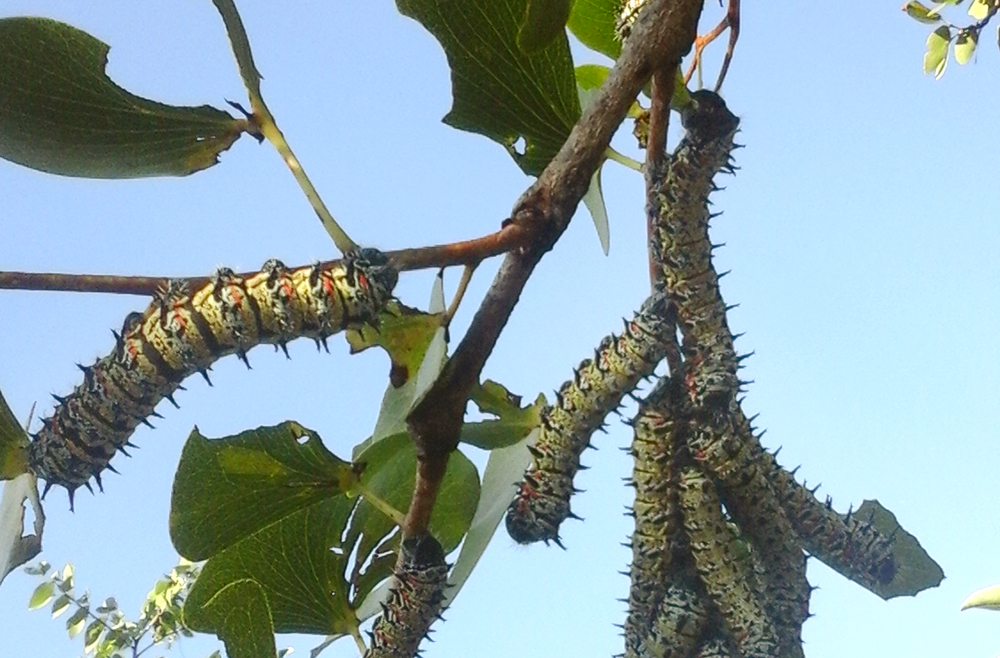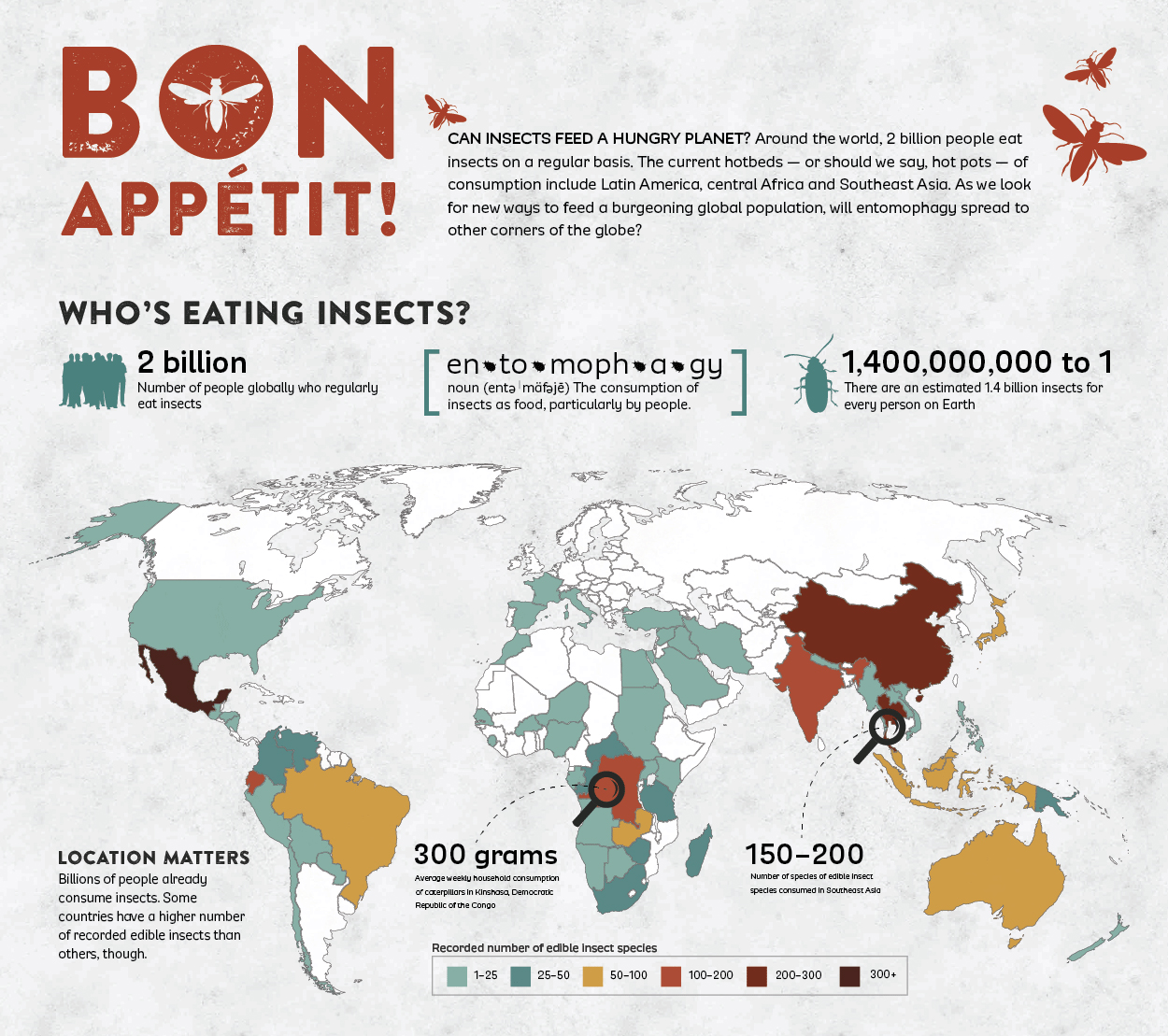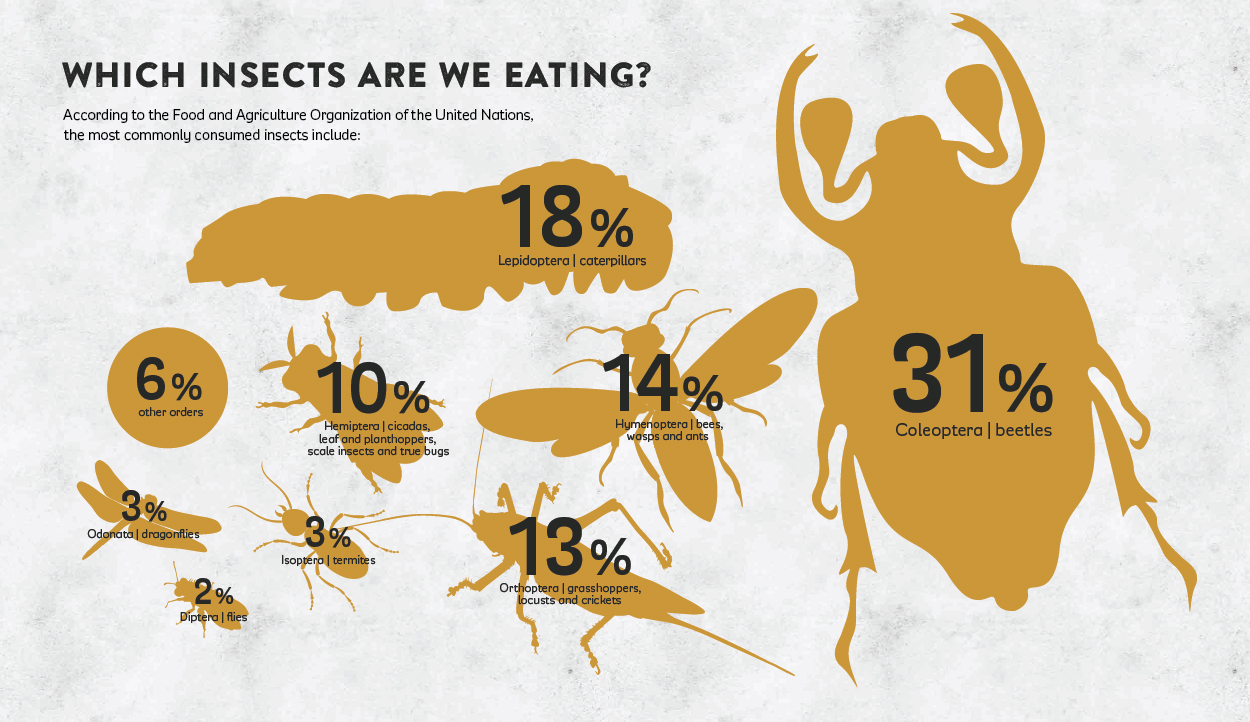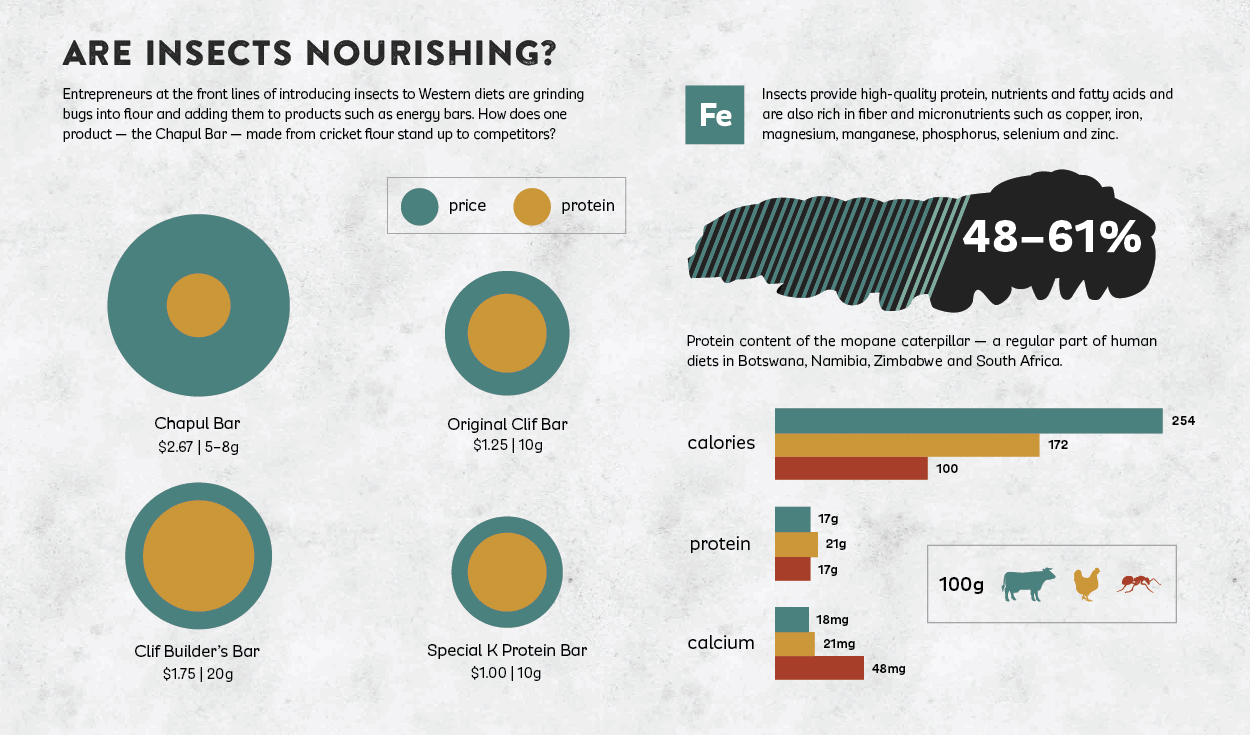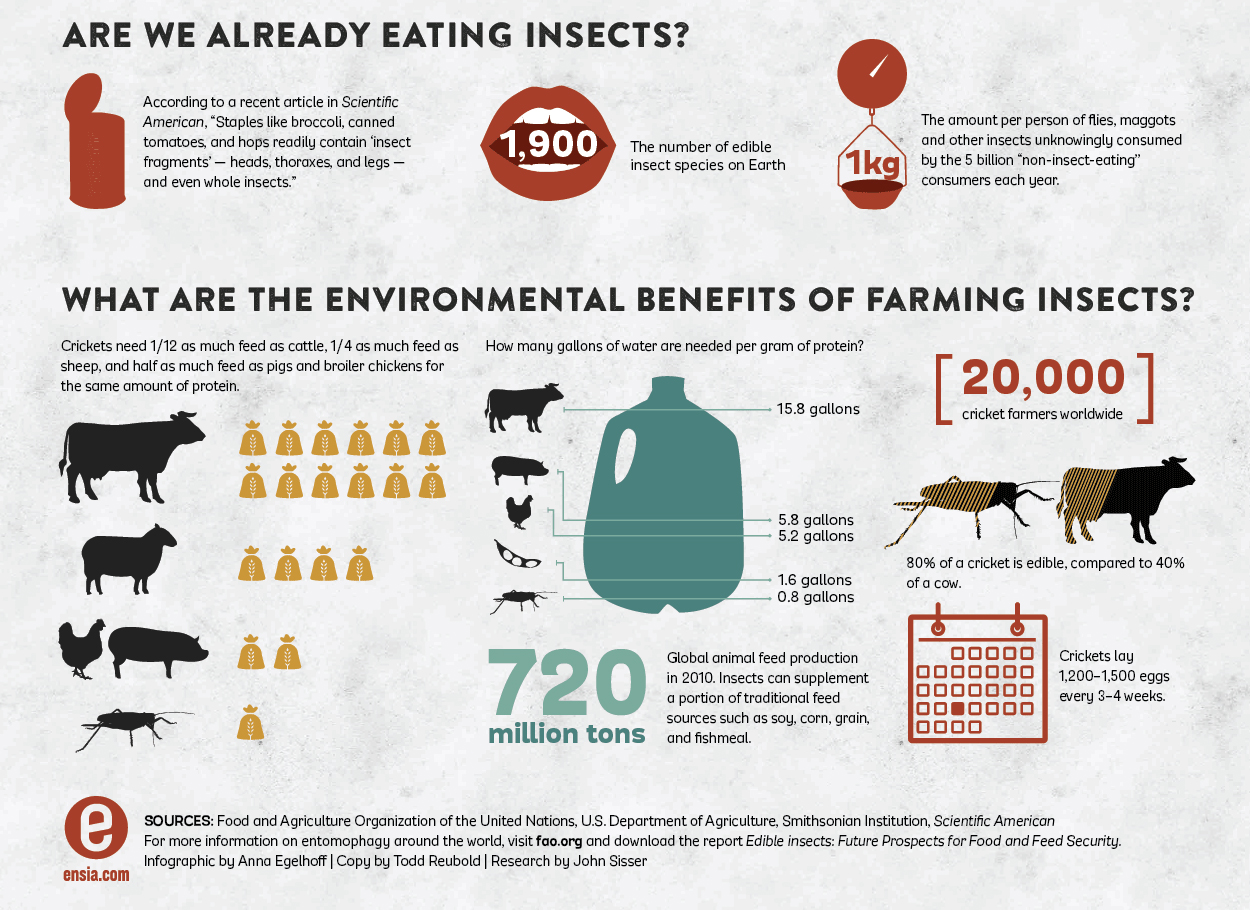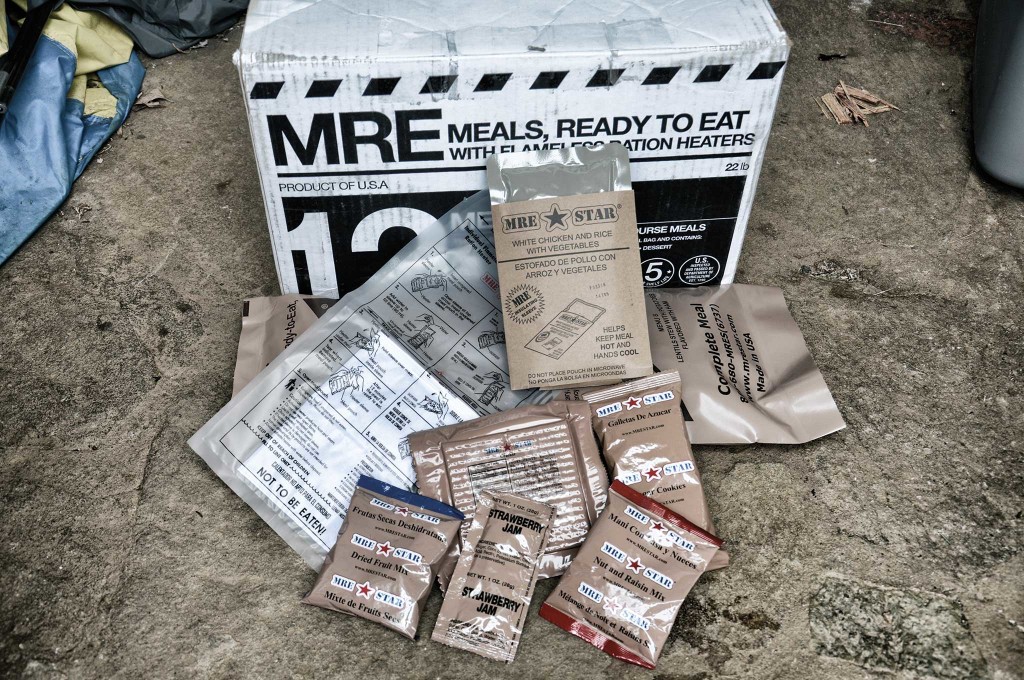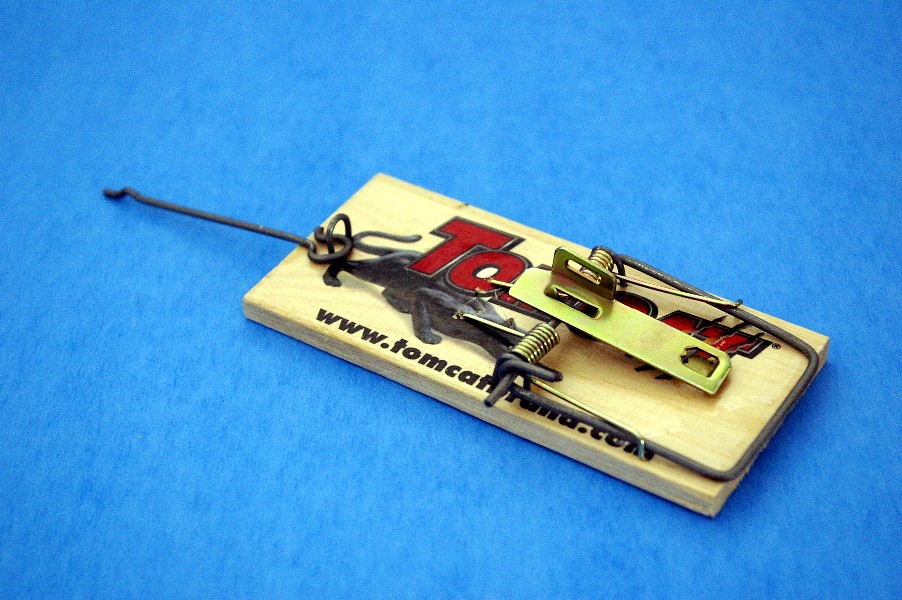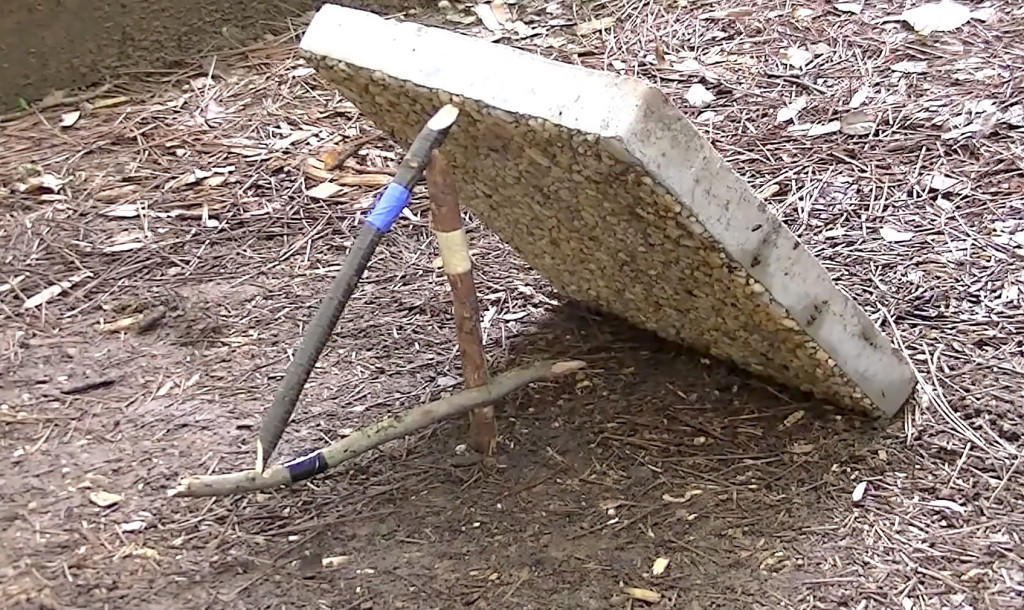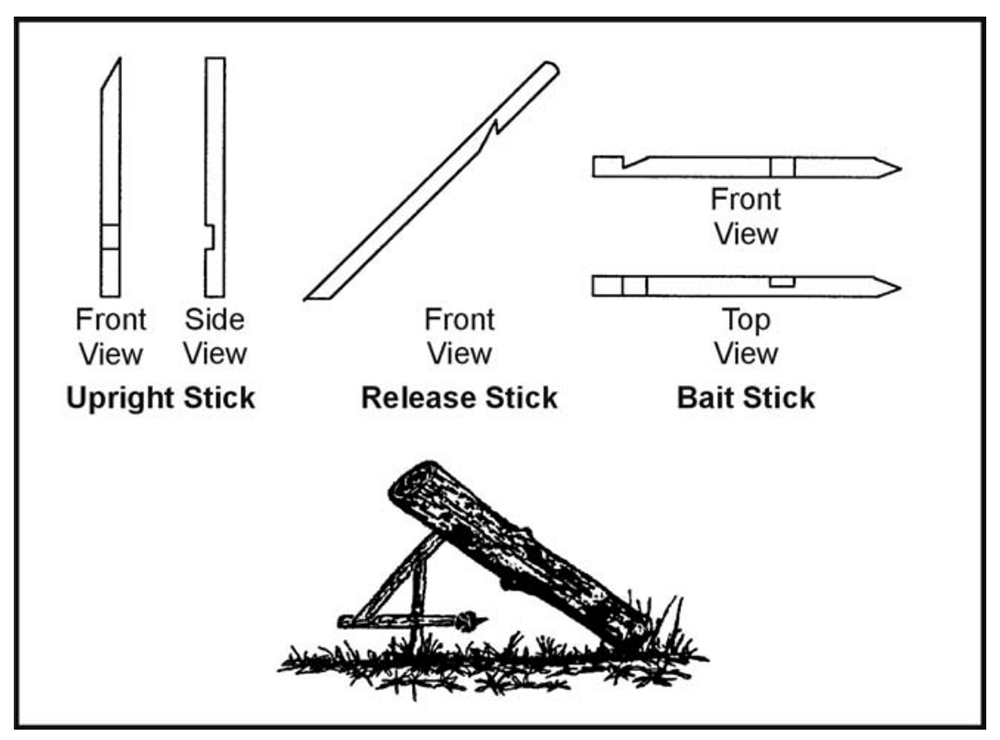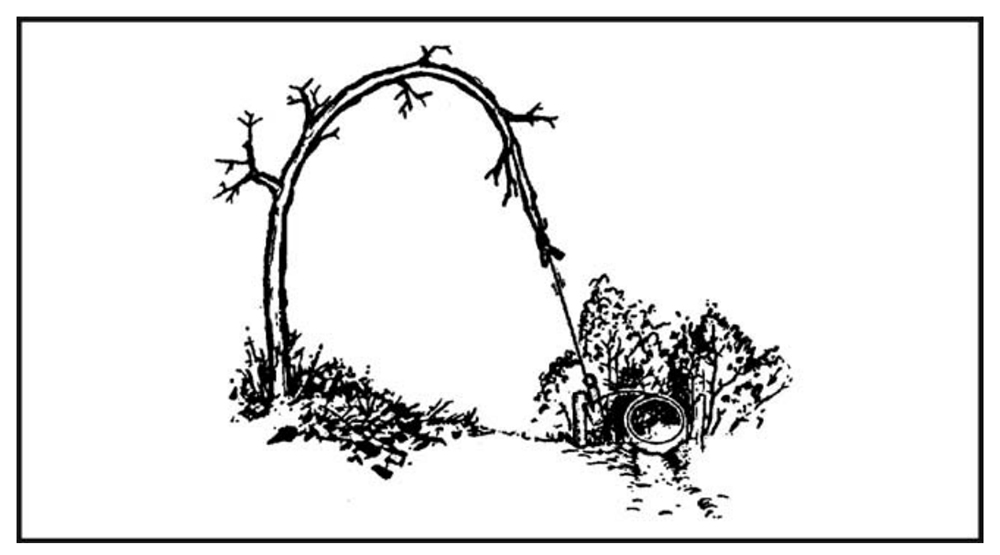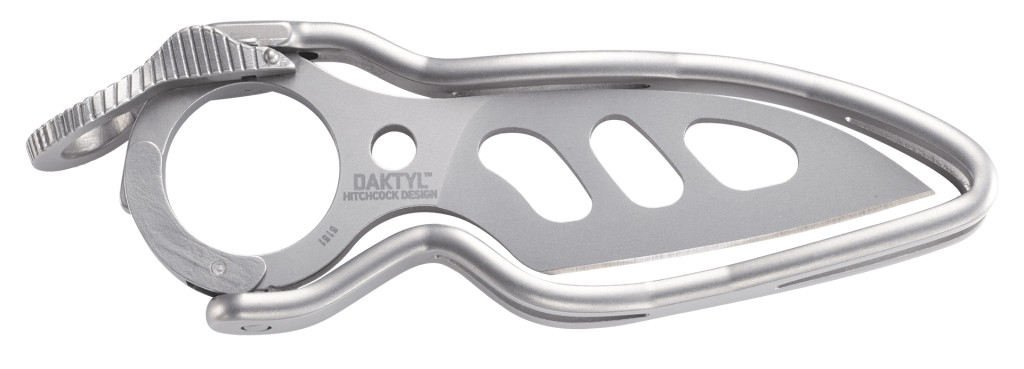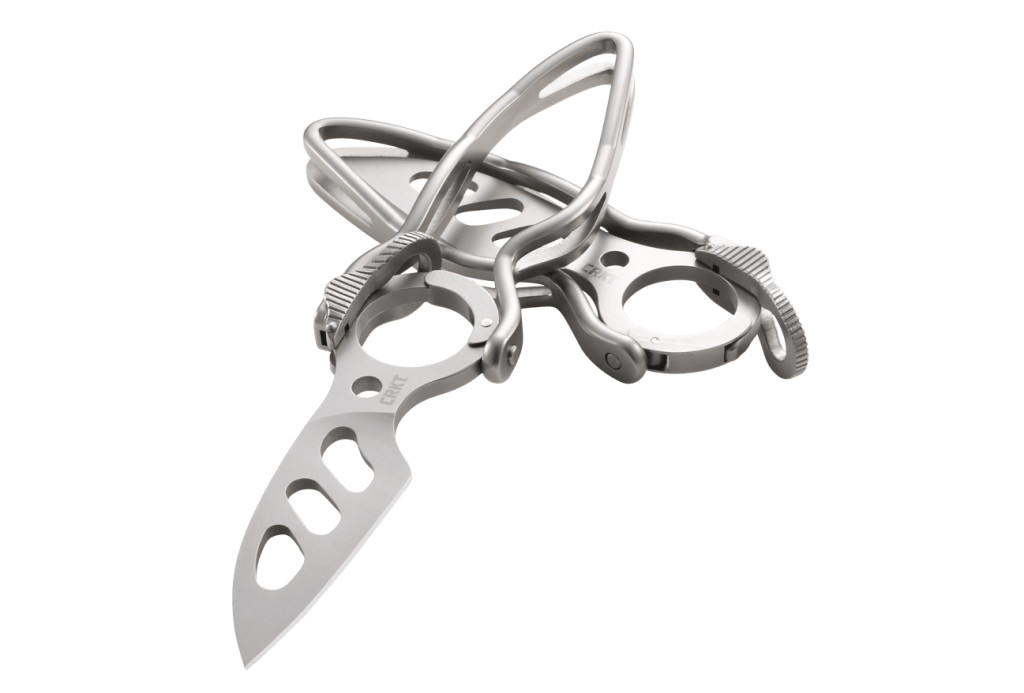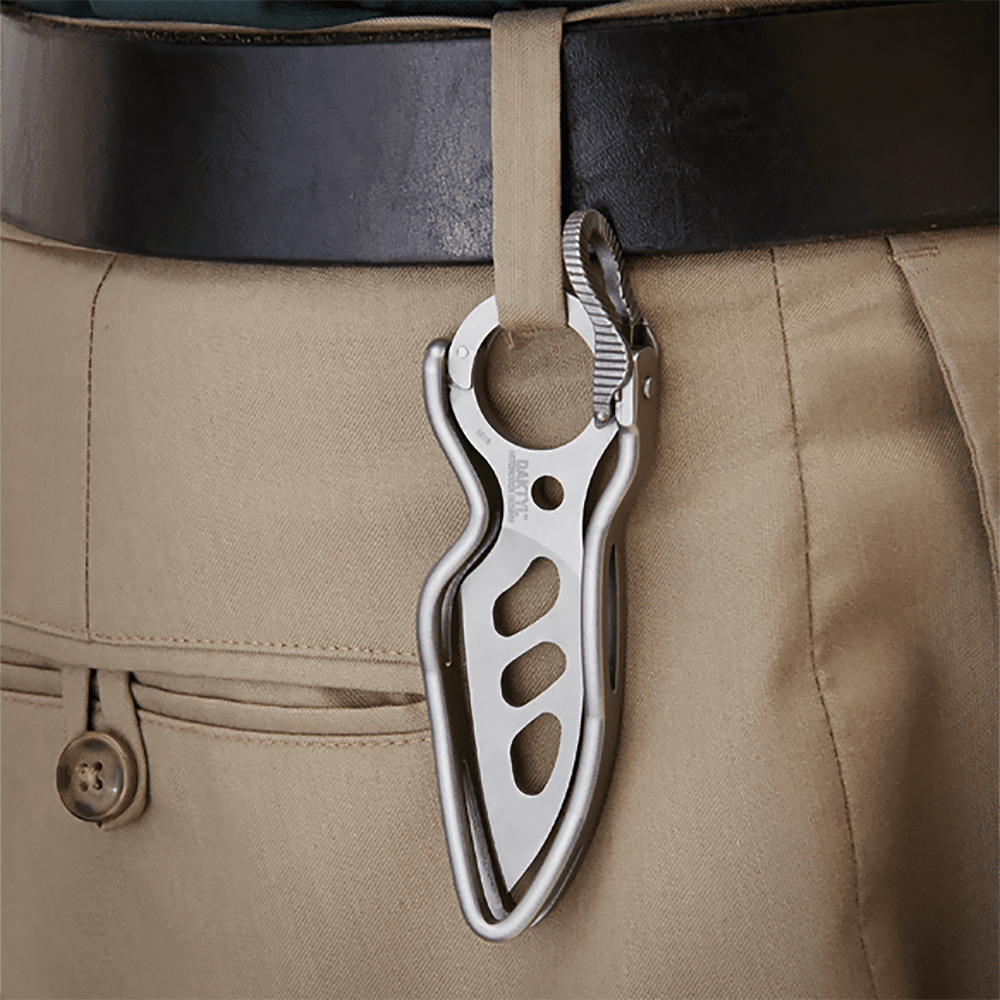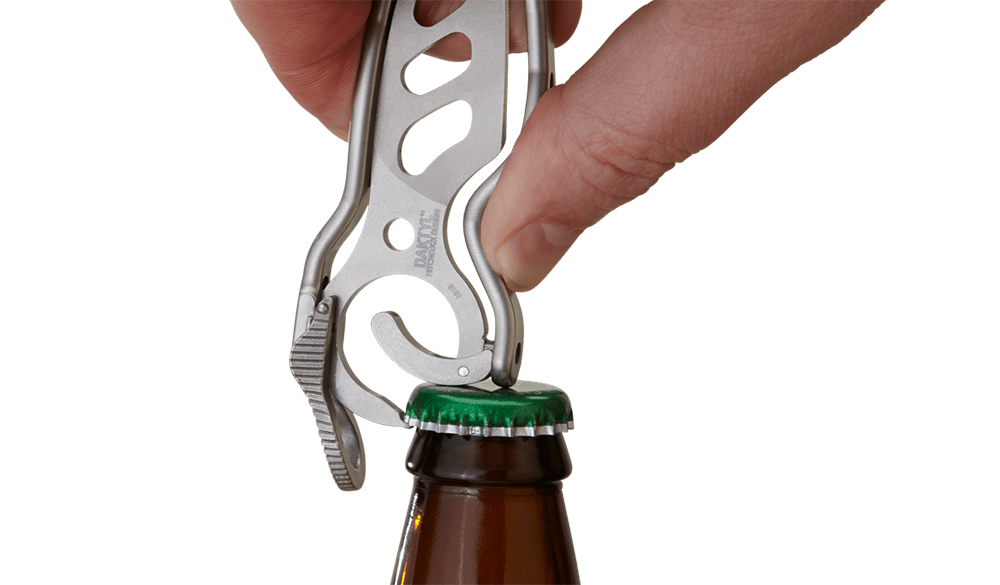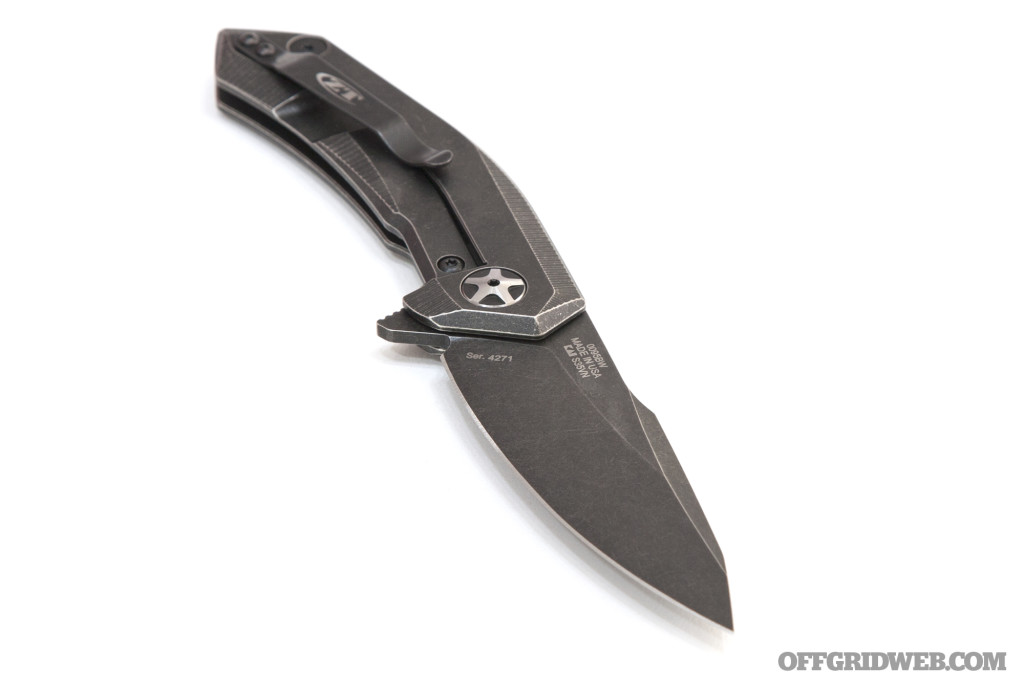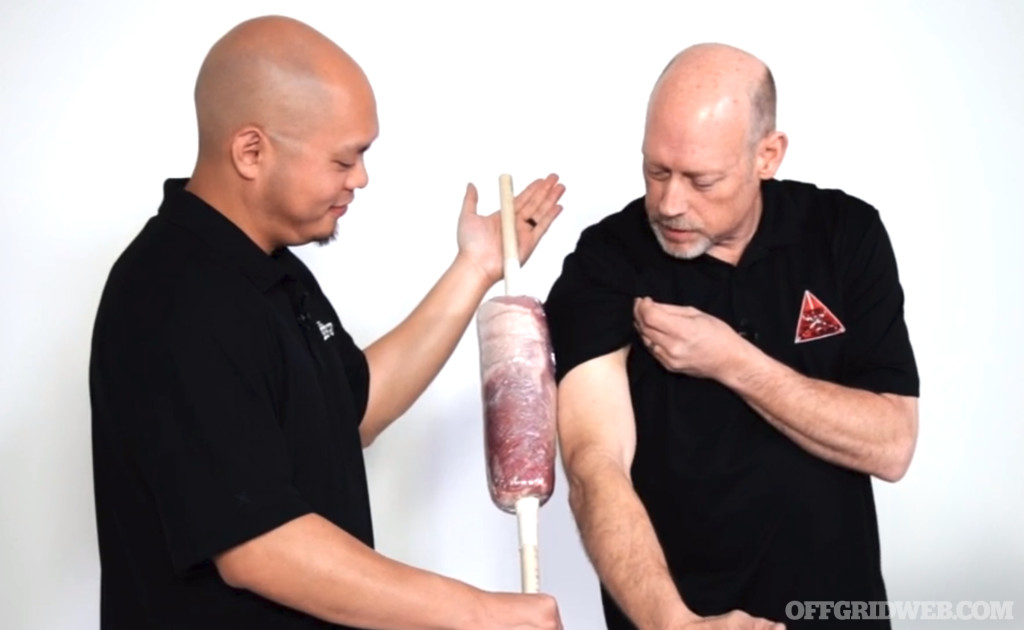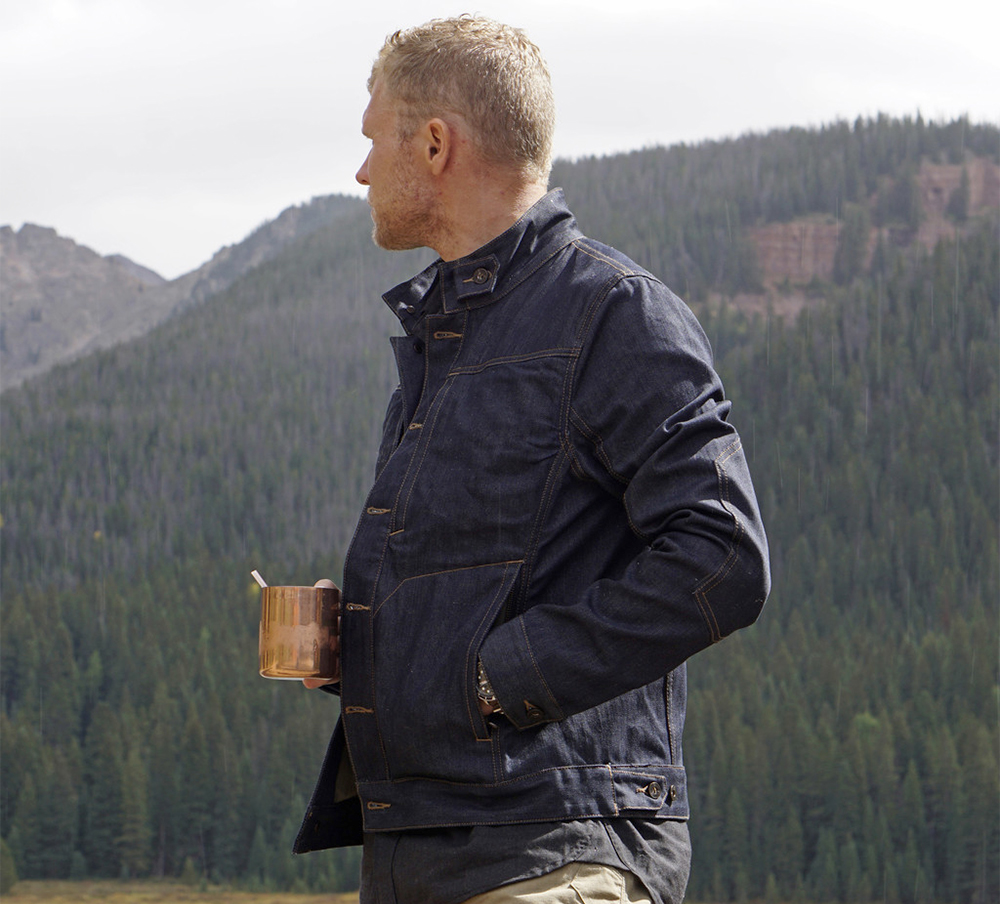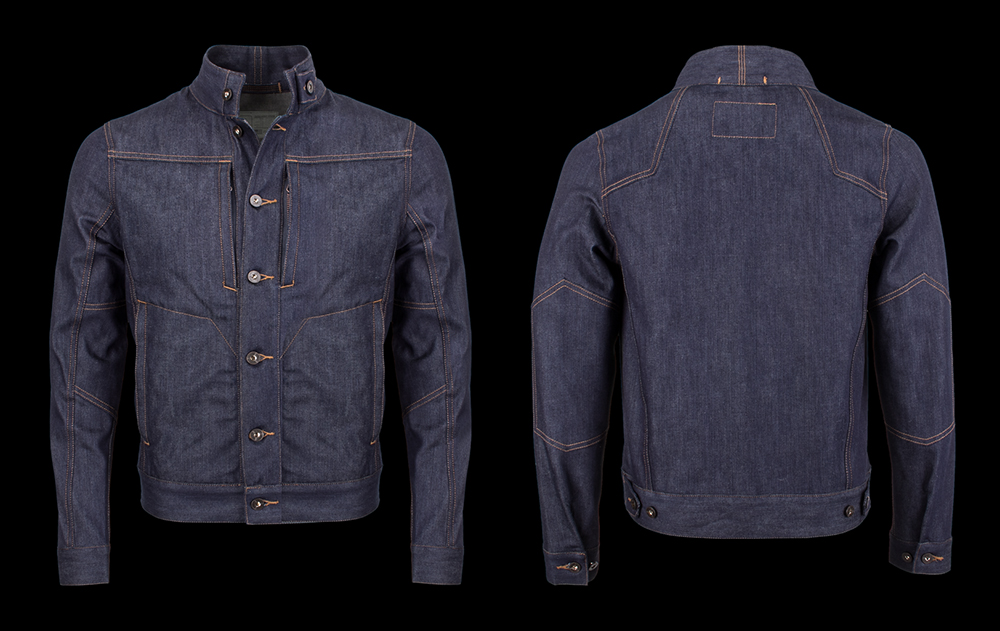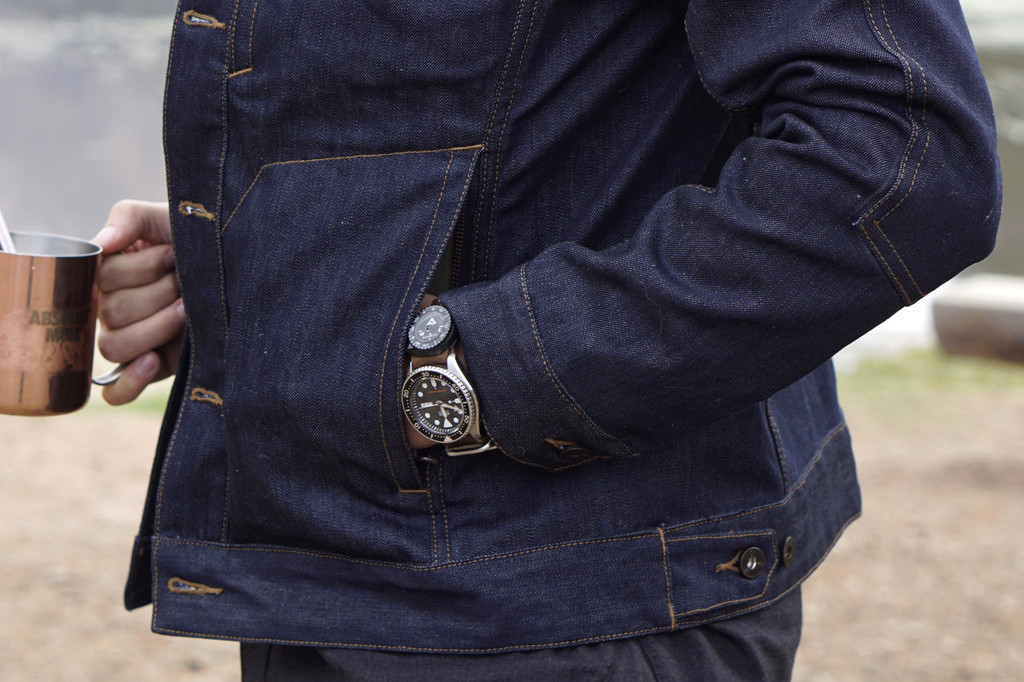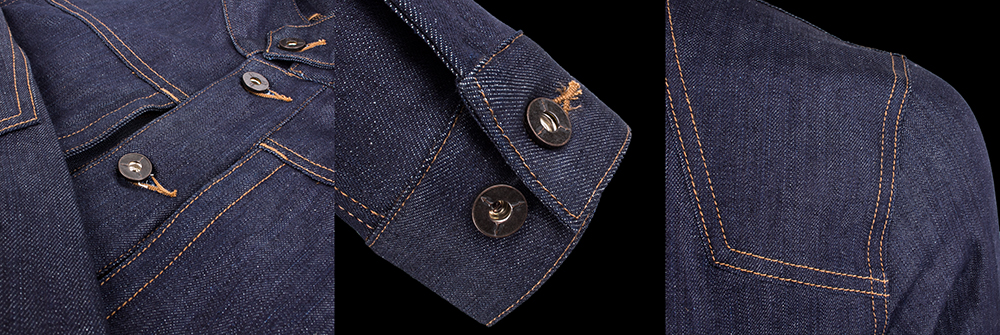Photos by Ben Simms
What is it that makes a survivor?
This profound question demands a complex answer. Gear is one piece of the puzzle, since the tools and supplies at your disposal dramatically affect your chances of staying alive under adverse conditions. Physical fitness also plays a major role — strength, endurance, agility, and injury-avoidance help keep you safe. But there’s a third element that’s often overlooked: the mind. Without adequate mental fortitude, even someone in peak physical form with the best gear money can buy will fail to survive.
Megan Hine is well aware of how the rigors of survival affect the human mind, but she’s no sedentary philosopher. In her career as a celebrity expedition guide and behind-the-scenes consultant for TV shows such as Bear Grylls: Mission Survive and Man vs. Wild, Hine has forged her psyche in some of the most hostile environments on Earth. From the Norwegian Arctic Circle to the deserts of the American Southwest and the jungles of Borneo, she’s found joy in overcoming the challenges of nature.
“I feel like I’m at home when I’m outside and I’m moving,” said Hine. “I need to be moving all the time and testing my limits.”
Even after pushing her body to the breaking point while suffering partial paralysis due to a severe case of Lyme disease, she found herself yearning to keep going. “My doctor said to me, ‘You’re going to have to stop. You’re going to have to take a break, otherwise you’re going to kill yourself.’ I just couldn’t — I just couldn’t stop.”
Hine developed this unrelenting love for the outdoors at a young age. “I grew up in a place called Malvern, which is a small town in the countryside in the U.K. I had an idyllic childhood in the fact that I could go outside and could run around, and I was encouraged to get outside as much as possible — falling out of trees, getting muddy, and things.”
As she progressed through school, Hine didn’t struggle academically, but frequently found it difficult to sit still and concentrate. “I was always staring out the window just waiting for the lessons to end so I could get out on my mountain bike and go off exploring.”
Even today, at age 33, Hine is driven by that same adventurous spirit. Her recently published book, Mind of a Survivor, expresses how her survival mentality has helped her stay motivated and overcome a variety of obstacles. “When things go wrong, it happens so fast. Thinking — whether it’s thinking through your actions or being alert to the environment around you — could potentially save your life.”
We spoke with her during a rare break in her globe-trotting schedule, and discussed each component of her survival repertoire — critical gear, physical fitness, and mental adaptability.
Megan Hine Interview
RECOIL OFFGRID: What led you to take an interest in survivalism?
Megan Hine: I didn’t know that bushcraft and survivalism existed until I was graduating from university. I had been through my British outdoor qualifications — mountain leader, rock-climbing instructor, kayaking, all those. I went through those qualifications quite early on, which is how I funded my way through university. Then in my final year, I discovered bushcraft and survivalism and spent a couple of years doing quite an intense apprenticeship with a company in the U.K., where I then started leading expeditions.
I had this moment of clarity when I was camping out one evening by myself. I realized that everything I did was to protect myself from nature. I called myself an outdoor enthusiast, but when I was rock-climbing — when I was putting metal into the rock to protect me — I was fighting nature. When I put my waterproof jacket on I was protecting myself from nature, I wasn’t really working with it.
I realized with bushcraft, suddenly a tree wasn’t just a tree — it had all these properties and uses. The survivalist side of it was, what have I got in my pocket that I could potentially use to survive?
It opened up this whole arena of creativity, and inventiveness, and being able to improvise. That for me was really exciting. That’s why I love what I do now. I get to work with people all over the world — and that applies to urban areas as well — where I have to use my imagination and my creativity a lot to solve problems.
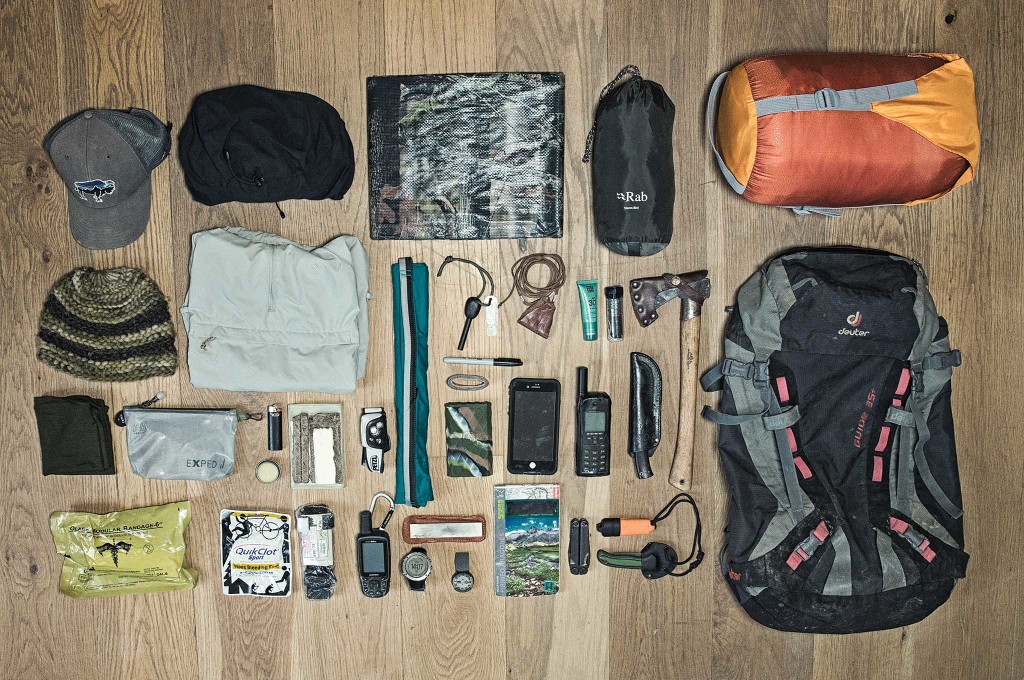
Megan Hine doesn’t head into the back-country without redundancies: several ways to start a fire, multiple bladed...
In the past there was a perception that wilderness survival was only for burly, bearded woodsman types. Did you have any difficulty overcoming this stereotype and supposed gender divide?
MH: [Laughs] On a personal participation level, it was never on my radar. It’s only something I’ve become aware of more recently.
When it came to climbing, or mountaineering, or surviving, for me there was no gender associated with it. I was performing at the same level — if not higher — than a lot of the guys that I was going out with. So, I never had an issue with it. Looking back now I realize that I was the only girl, and think, why did that not seem strange at the time? [Laughs]
But when I first started working within the expedition industry, and the bushcraft and survival industries, I would come up against interesting reactions to me being there. Clients would talk to my male colleagues before they asked me something.
I think this is where I’m really keen not to, you know, call it sexism, and I think feminism has to be careful as well. For a lot of these guys, they’ve never been exposed to women or any minority in certain arenas in life. It’s not that they’re against it, it’s just that change happens over a long period of time, and you can’t expect people to understand exactly and be accepting straight away of the situation. It takes their brains a little while to be like, Oh, yeah, actually … she’s pretty good, she knows what she’s talking about.
You know, it has been frustrating at times, and I still have it in some of the cultures I work in where women aren’t considered equal. Some areas I have worked in, I have felt incredibly vulnerable as a woman.
Where did you receive the bulk of your survivalism education? Was that at a wilderness school or elsewhere, like the military cadets?
MH: Yeah, I did basic survival training through the military [cadet program as a teen]. I had opportunities to do lots and lots of different forms of adventurous training with the military cadets, and I took them up on every opportunity that arose.
I suppose the real survival side of things came into play during this two-year apprenticeship I carried out as part of my university studies. Literally, I was living out in the woods for six months at a time. One year I built a natural shelter and spent 10 months that year living in the shelter and working with clients.
It was really intensive because — I really loved the way it was run — as an apprentice I was expected to make sure that all the camp chores were done. I’d get up super early to make sure the fire was going, get the clients breakfast, prop up all the lamps, chop wood, and then if I managed to get everything done in time, I could then sit in on the lectures and the survival and bushcraft lessons that were being taught. It was really important for me that I get everything out of the way super early, and I’d work really late into the night so I could sit in on all these lessons given by the instructors.
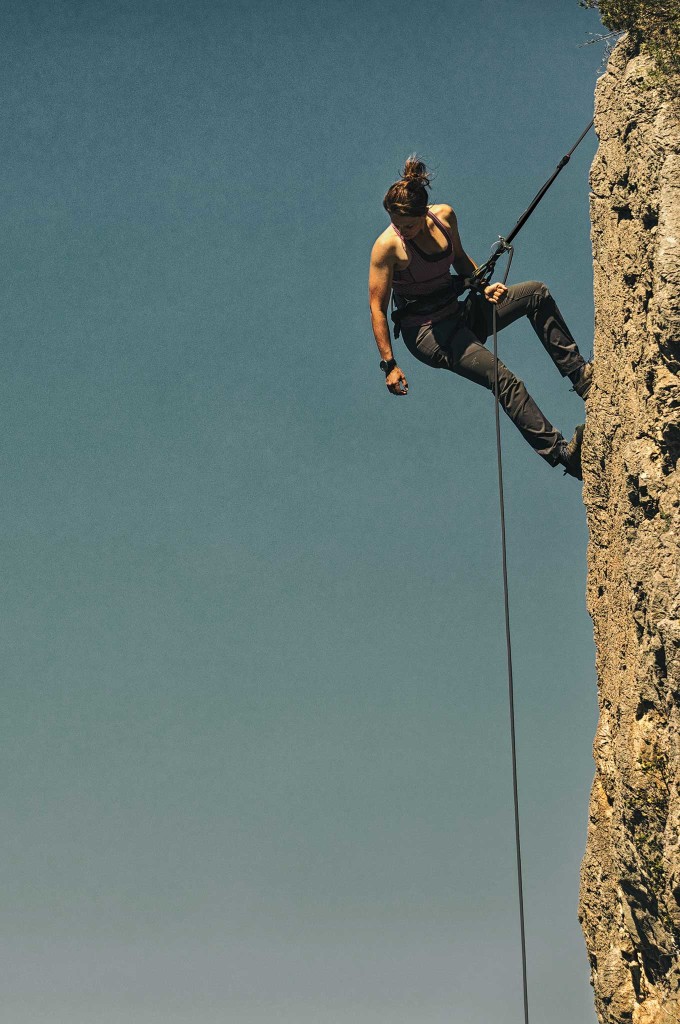
Bear Grylls said, “My best friend Megan is the most incredible bushcraft, climbing, and mountain guide you’ll ever meet. She’s stronger than 99 percent of the men I know.” That’s quite the endorsement, how did your friendship with Bear begin?
MH: I started working with Bear about 10 years ago on the original Man vs. Wild show. I still do a lot of work with him now — I work on other shows as well — but he’s got a lot of work going on at the moment, so I spend a lot of time working on his shows. When I’m working with him, I’ll go off and initially scout locations. I might spend weeks on my own out in country for his show — and for other shows, as well.
Once we start filming, then I’m doing the crew safety on the shows that he’s doing. I’ll head that up because he’s going through the environment really fast with a celebrity in tow. And he doesn’t do lots of takes; he’s a phenomenal presenter. [Laughs] He does everything in one take, and he’s moving through the environment. It’s really key that we’ve got the cameraman and sound guys safe, so they’re all on short ropes as we’re running though the environment.
How did you meet Bear?
MH: I did that two-year apprenticeship for this bushcraft school, and then I moved up to Switzerland where I was running an outdoor program and school there. The school had really long holidays, and on the holidays I was leading expeditions to climb major summits, and spending time with local peoples in jungles and deserts, and then taking clients out.
I suppose it’s really fortunate in that random turn of events that I picked up both the mountaineering background as well as the survival. That combination was quite unique, and I made the connection through another survival company that had just started doing the work behind the scenes on Man vs. Wild. They needed somebody who had both skills, and I suppose I was the only person they could find. [Laughs]
How would you say this relationship with Bear has shaped you personally and your skillset as a survivalist?
MH: The shows that I do with him, I spend a lot of time out there by myself, so it’s just added to the experience. But what I do with Bear is only a fraction of what I do. You know, I’ve worked for other shows as well, other survival shows where we are literally dropped off into the middle of nowhere with nothing for weeks on end.
It’s my job to make sure I keep the guys alive, doing the safety for them. I’m sourcing the food from a jungle or a desert. I think it’s the whole picture that shaped me, not just that one aspect of my career.
Speaking of which, is there anyone you look up to as a mentor, and inspiration in your adventuring skillset?
MH: There’s only a very small number of us that actually do the job that I do behind the scenes on TV shows. Actually, there’s probably five or six of us who work on U.S. and U.K. shoots and have the skillsets we have. I love working with all of those guys because every time we go out, we are learning from each other all the time. I think you can only get better by having some form of competition, you know, pushing each other.
In terms of adventurers, I had the stereotypical ones when I was growing up, [Sir Ernest] Shackleton and [Lawrence] Oates and people like that. [Editor’s note: These men led British expeditions to the Antarctic in the early 1900s.]
You’ve spent time on location in a massive variety of climates and locales, from the Arctic Circle all the way to South Africa. What were the most difficult environments you faced?
MH: [Laughs] I get asked this quite a lot, and the places that are the hardest are that way due to the people you’re traveling with. If I’ve got a group of really easy clients or a bunch of TV guys, it’s an amazing experience even if we’re in the most inhospitable places and living in terrible conditions. Whereas I can be in the most beautiful environment with a really tough group of people, and it’s the people, actually, who make or break an experience.
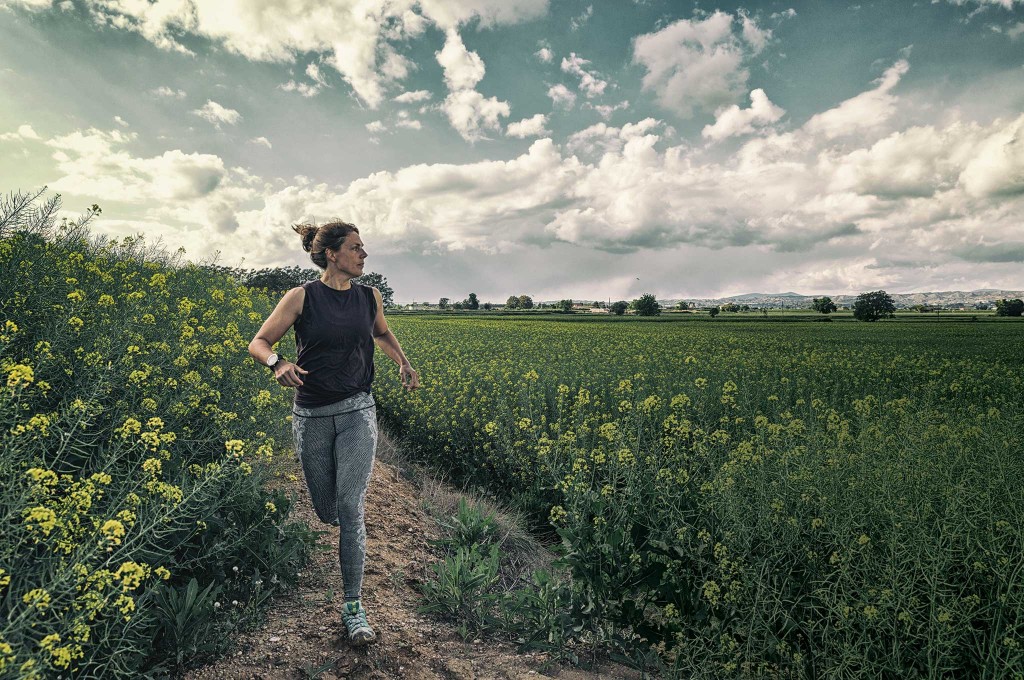
Have you ever gotten to a point where you considered giving up or were worried that you wouldn’t make it back home?
MH: Yes, on quite a few occasions. I think one of the hardest experiences — it was quite a few years ago now — was when I had Lyme disease. I was bitten by a tick, and it nearly killed me. It was a pretty horrendous experience, because to some extent I was losing my identity.
I was working for this survival company in the U.K. and I had got bitten by this tick, and then I had a month off work on a holiday. I went out mountaineering in the Alps and I knew I had got Lyme disease because the bull’s-eye rash appeared on my hip and spread all over my body, but I didn’t realize how serious it can be. I basically pushed it into my central nervous system and had Bell’s palsy, semi-paralysis of my face, and all sorts of other horrible experiences with it, including brain fog. It’s the closest I’ve come to a sort of depression.
That for me was a really tough time. Up to that point, I always defined myself as a survivalist or a mountaineer and a climber. Suddenly I was faced with my mortality, and my identity as this outdoors person being lost, and that was a really good lesson early on in my career to never take anything for granted.
The mental aspect of staying positive and focused is a big factor in these difficult scenarios. What are the key elements of your survival mindset?
MH: It’s interesting what you said about positivity. The book is less about remaining positive — I think it’s more about being realistic. Because as much as you try to be positive, it can actually take a huge amount of energy just to stay positive. Trying to be realistic with the situation and be accepting of the situation is more necessary.
I was really interested by the questions, what it is that makes a survivor? Why in a survival situation, do only a few people make it out alive? What are the traits that those people have? It was something I thought about as a child when I was reading about Shackleton and Oates and stuff about the Antarctic, and even things like The Lord of the Rings as well.
In these books, they always talk about the physicality — how they overcome the physical dangers, and how the body reacts to the environment. But very, very rarely did they talk about how they dealt with the emotions that could potentially be overwhelming. Things like fear and anxiety are natural survival mechanisms. They are there from our animalistic brains to help keep us alive, to protect us from predators, neighboring tribes and things.
So, it was really fascinating to have a look at, actually, what are the traits [of a survivor]? The traits I looked into were things like creativity, initiative, intuition, adaptability, and the ability to be sort of playful. I believe these are all traits that lead to somebody being resilient.
Another trait I found while researching resilience — not just in the wilderness, but across all aspects of life — was leadership.
Leadership is not necessarily about being the big alpha male who’s in the center of attention all the time. I have found through my own experiences, they’re usually the ones who crumble first, because they haven’t got the strong foundation beneath them.
The ones who tend to do the best under true pressure are those who don’t feel the need to be the center of attention when things are going smoothly, but have the ability to step up to the mark when the s**t hits the fan and things go terribly wrong.
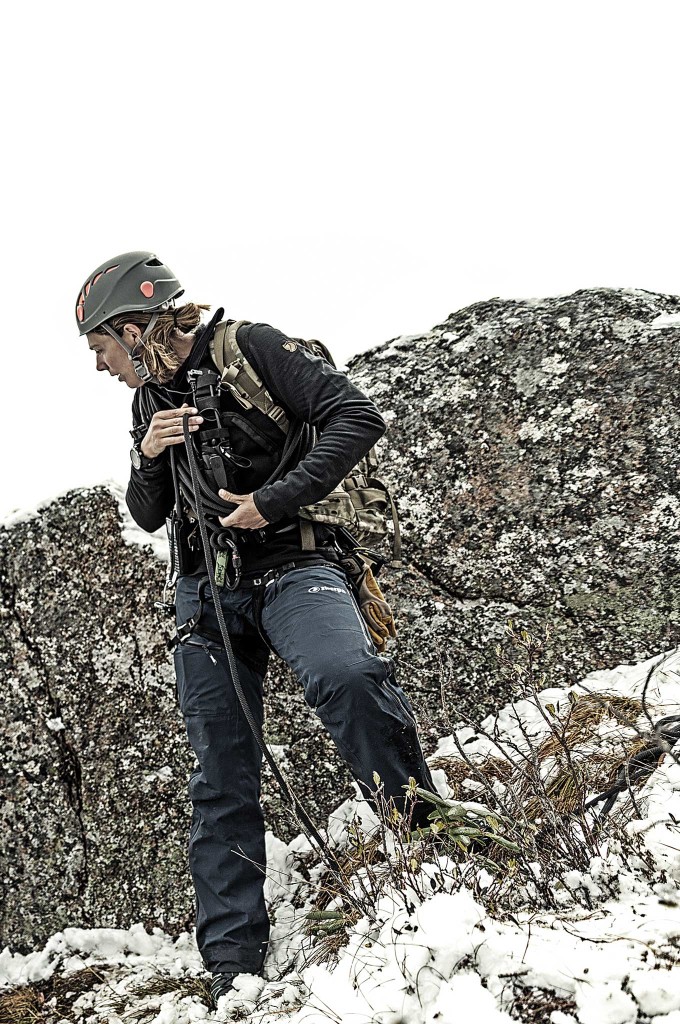
Speaking of physicality, how do you go about maintaining your health and fitness?
MH: At the moment I’m working about 11 months of the year out in various environments. I have a really physical job, and I’ll often be working 18 hours a day looking after people in these environments. So my fitness keeps itself ticking along by the very nature of what I am doing.
If I’ve got a shorter day, I’ll get together with the guys and we’ll do a lot of body weight workouts and stability training as well. Because often we are literally running through the environment, like boulder-hopping with people attached to us. [Laughs] There’s a lot of balance involved when you’re doing that.
When I have time off, I love mountain biking and climbing. That’s where I re-center myself again.
Compared to the mental and physical aspects of preparedness, how important is your gear while you’re out adventuring?
MH: It’s really important. If you’re talking about a survival situation, I’m happy in the fact that I could find myself dropped off into the middle of a desert or jungle tomorrow with just what I am standing in and be happy. But when I am actually working with other people, the gear for me is really important — and knowing how it works. Even down to the clothing, the layering system that I wear is really important. My job is stressful enough looking after other people without having to worry about me ripping my pants or something. [Laughs]
What are five items you’d never go on an adventure without?
MH: Well, the right footwear is absolutely key for any adventure. You should see my closet, it’s — [laughs] it’s full of boots for various different environments.
I always take with me some form of cutting tool, depending on which environment I am going to. If I’m going to areas that have got much softer woods, I’ll be taking a machete and a knife, whereas if I’m going to areas that have harder woods, I’ll probably be taking an ax and a knife. Also, some sort of sharpening tool.
If I am camping out, I always carry two ways to make fire — normally a lighter and a striker, just because I find lighters always break.
I bring a pot as well. It allows me to be able to collect water, because people kind of forget about that one. Whether you’re in a survival situation or you just want a cup of tea, if you don’t have a pot or metal canteen, what are you going to boil your water in?
Obviously, if I’m looking after other people, I’ve got a medical pack with me and some form of communication device, like a satellite phone or a tracker.
Are there certain items that you always have on your person throughout your normal daily routine?
MH: Yeah, I’ve always got a little pocketknife with me. It’s amazing how often you need something like that. [Laughs] And I always carry a lighter and a striker with me in whatever bag I’m carrying around — you never know when you’ll need them. Also my mobile phone with a battery pack that’s always fully charged.
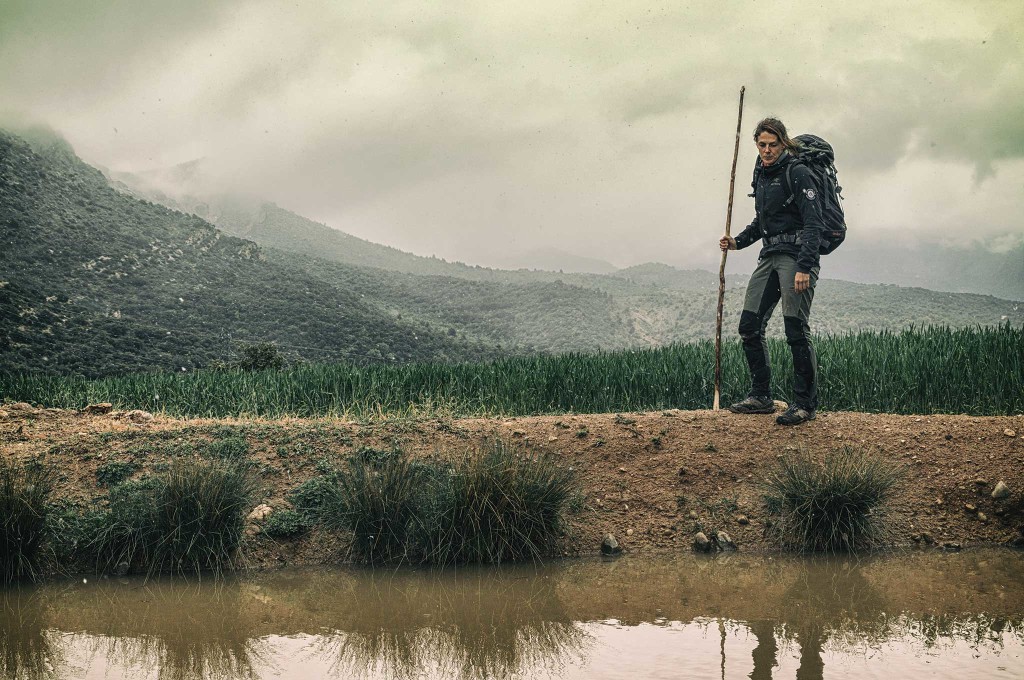
How would you approach surviving an urban disaster versus being in the wilderness?
MH: It’s a really good question because that’s not my natural environment.
If I was in a disaster that struck in an urban environment, the first thing I would do is react to the danger and get myself — or myself and the people I’m looking after — to a safe position. Then I’d analyze the situation to get as much information as possible from that environment to let me know what’s going on and how to deal with it.
It’s really hard to give exact steps of what you’d do in a situation, because whatever your plan is, the situation is never going to be exactly what you planned.
Something I do all the time — I talk about it in my book as well — is keep my mind active. I’m always running scenarios through my head. It keeps my brain active on long jobs where I’m starting to get tired. From the absolutely ridiculous things like alien invasions, down to if I’m walking alongside a cliff and my client falls off — what would I do?
Because I’m always solving those problems in my head, I’m tricking my brain into thinking it’s always in control. So when those situations do arise — and they arise relatively often — my brain is already prepared to go into problem-solving mode and think outside of the box.
What is one key survival lesson or tip you’d like to impress upon our readers?
MH: Letting yourself be exposed to lots of different experiences is what builds resilience. If you stick to your routine every day, you become resilient in that one aspect, but it doesn’t necessarily cross over. So it’s really important to have as many different experiences as possible and be really open to opportunities that come along.
What would you say is the biggest mistake you see rookie survivalists make?
MH: [Laughs] Good question. I think people putting a lot of expectations on themselves is a big thing — people not knowing their own abilities, and believing that their abilities are much greater than they actually are.
I think it comes down to the saying, you don’t know what you don’t know until you’re faced with it. You could have read all the survival manuals and all the magazines, but unless you’ve actually been out there and have put it into practice you just don’t know how your body or mind are going to react. It’s key to always be open to new experiences and not assume you know everything.
About Megan Hine
| Age: | 33 |
| Occupation(s): | Expedition leader and safety/survival consultant for adventure TV shows |
| Hometown: | Malvern, England |
| Base of Operations: | “Current hometown is off limits as I’ve had people from social media just turning up out of the blue after I posted a picture of a distinguishing feature.” |
| Family: | Brother and two sisters |
| Military Background: | “Military cadets through my teens” |
| Education: | “Degree in Outdoor Studies from a university in the U.K. and qualifications in mountain and wilderness guiding, skiing, rock climbing, rafting, off-road driving, and remote medicine” |
| Favorite Quote: | “‘You have all the weapons you need. Now fight!’ from the movie Sucker Punch. This is so true on a mental and physical level.” |
| Favorite TV Show: | “Currently The Walking Dead. I love the psychological aspect of the different survivors.” |
| Favorite Film: | “Shrek, it still makes me laugh every time.” |
| Last Book Read: | Stealing Fire by Steven Kotler and Jamie Wheal |
| Scars: | “Plenty, many the consequences of bad decisions or factors out of my control. I have one over my right eye from where I stuck the adze of an ice axe in there when falling off a winter climbing route when I was 15. I have no idea how I missed my eye.” |
| Favorite Knife: | “The current knives I’m using are by Andrew Jordan and Ben Orford, and my machete is from a local Iban tribe I was working with. With machetes, I always try to go with the local design as it has been adapted over hundreds of years to perform in that environment.” |
| URL: | www.meganhine.com |
In the Mind’s Eye
“In survival, people often talk about three minutes without air, three days without water, three weeks without food. I’d like to add another: three seconds without thinking.” — Megan Hine
The new book, Mind of a Survivor, shares how Hine’s unique experiences in the wild taught her about the mentality of survival and success. Rather than directly teaching how to overcome the many physical challenges she’s dealt with, she uses these events to provide insight about managing similar stresses in everyday life — careers, relationships, confrontations, and decision-making.
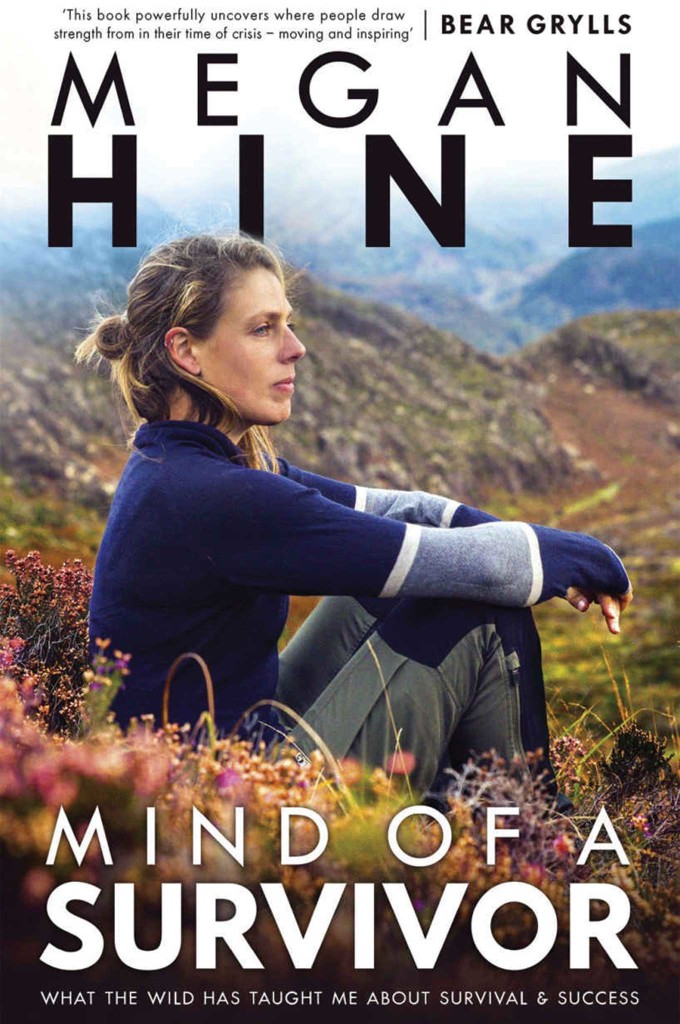
For more information about Mind of a Survivor and the lessons within, read the continuation of our interview at OFFGRIDweb.com/survival/megan-hine-book.
Publisher: Coronet
MSRP: £8.99 paperback / £18.99 hardback (U.S. price TBA)
URL: www.meganhine.com/megans-book
More From Issue 22
Don’t miss essential survival insights—sign up for Recoil Offgrid’s free newsletter today!
Read articles from the next issue of Recoil Offgrid: Issue 23
Read articles from the previous issue of Recoil Offgrid: Issue 21
Check out our other publications on the web: Recoil | Gun Digest | Blade | RecoilTV | RECOILtv (YouTube)
Editor’s Note: This article has been modified from its original version for the web.

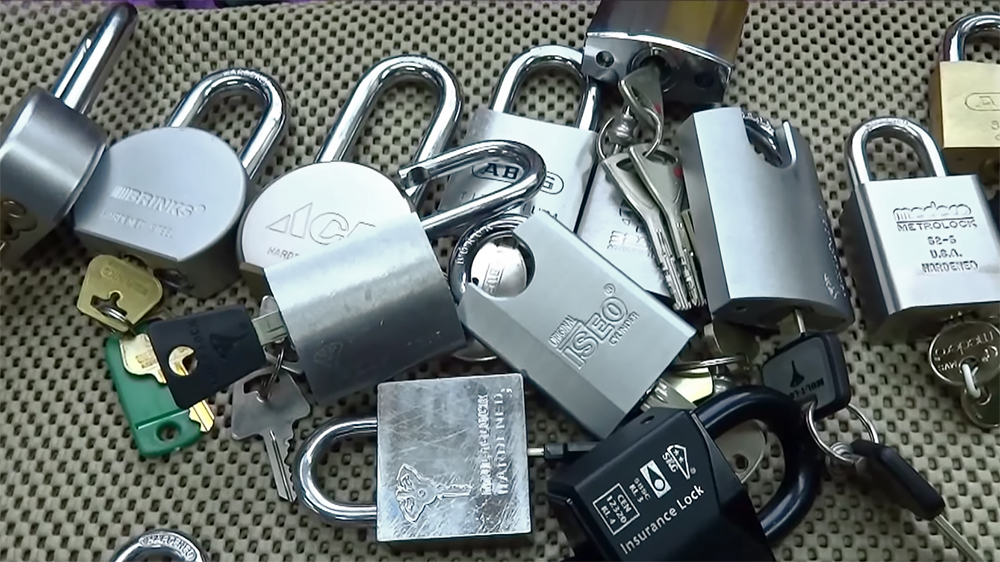
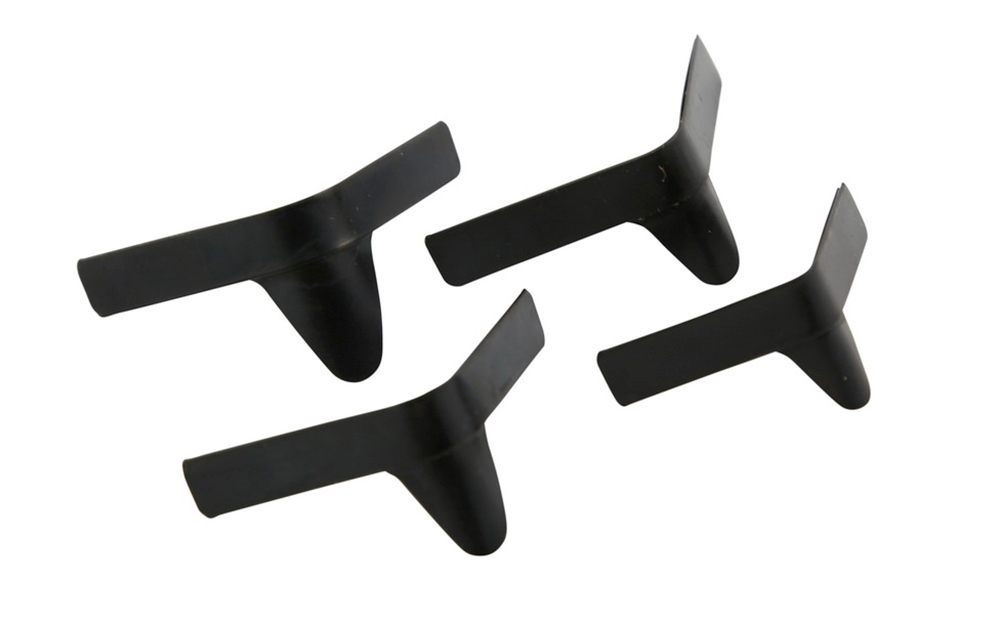
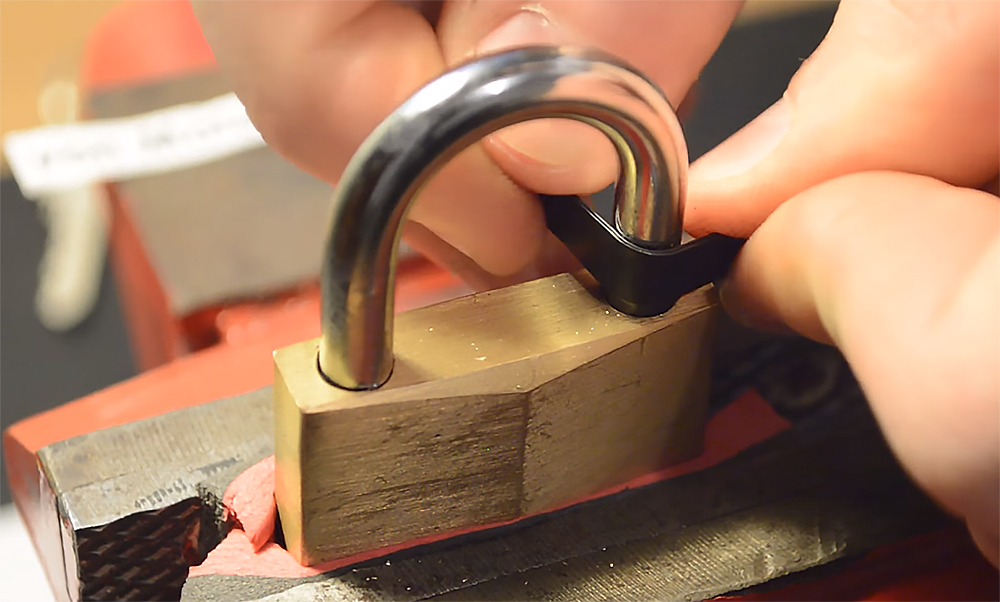
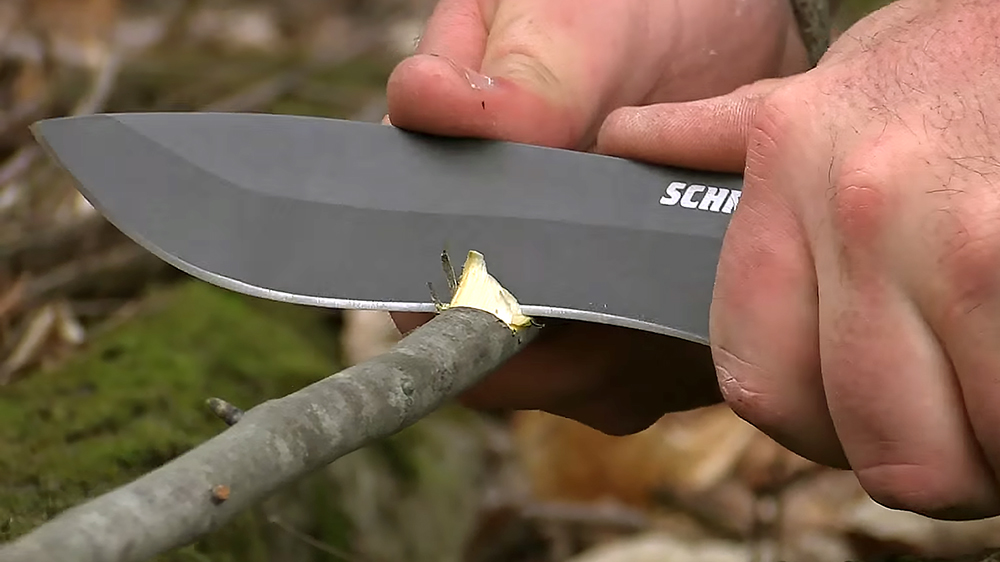
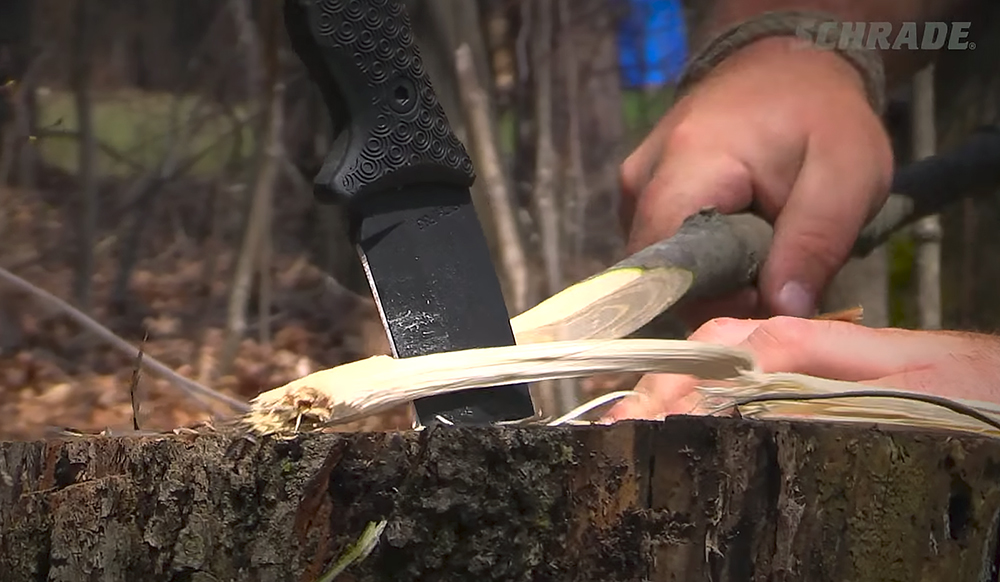
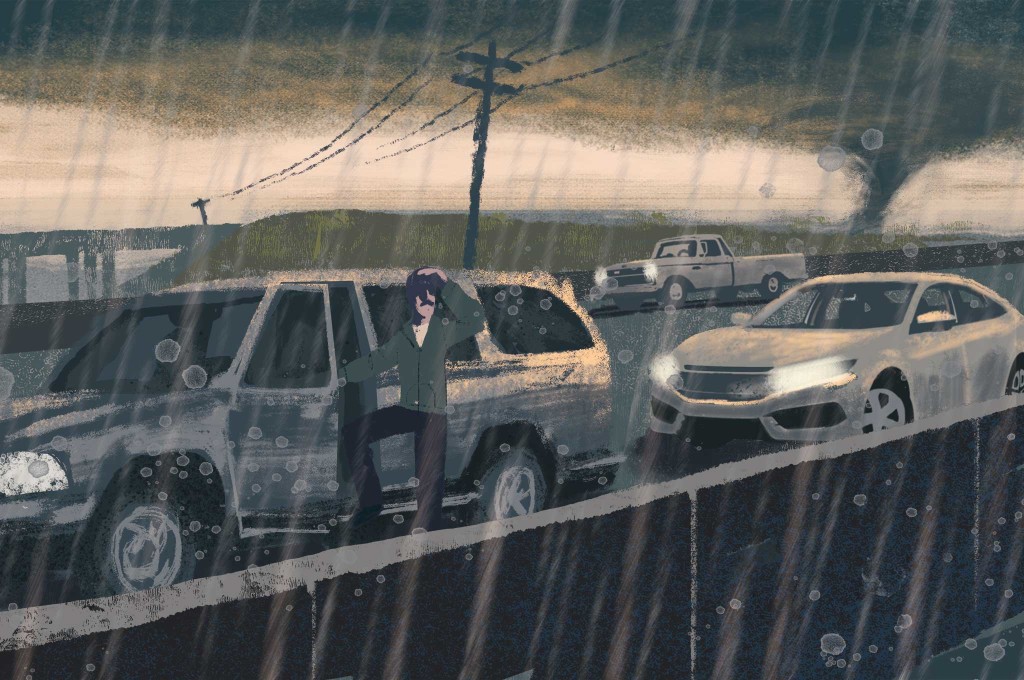

 Tim MacWelch
Tim MacWelch Jim Cobb
Jim Cobb